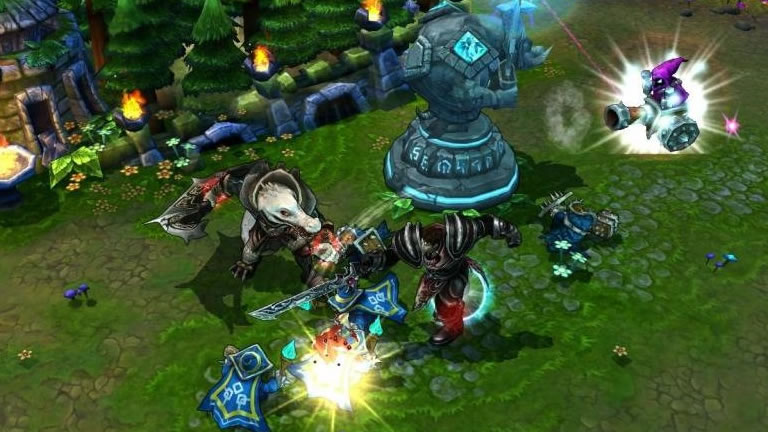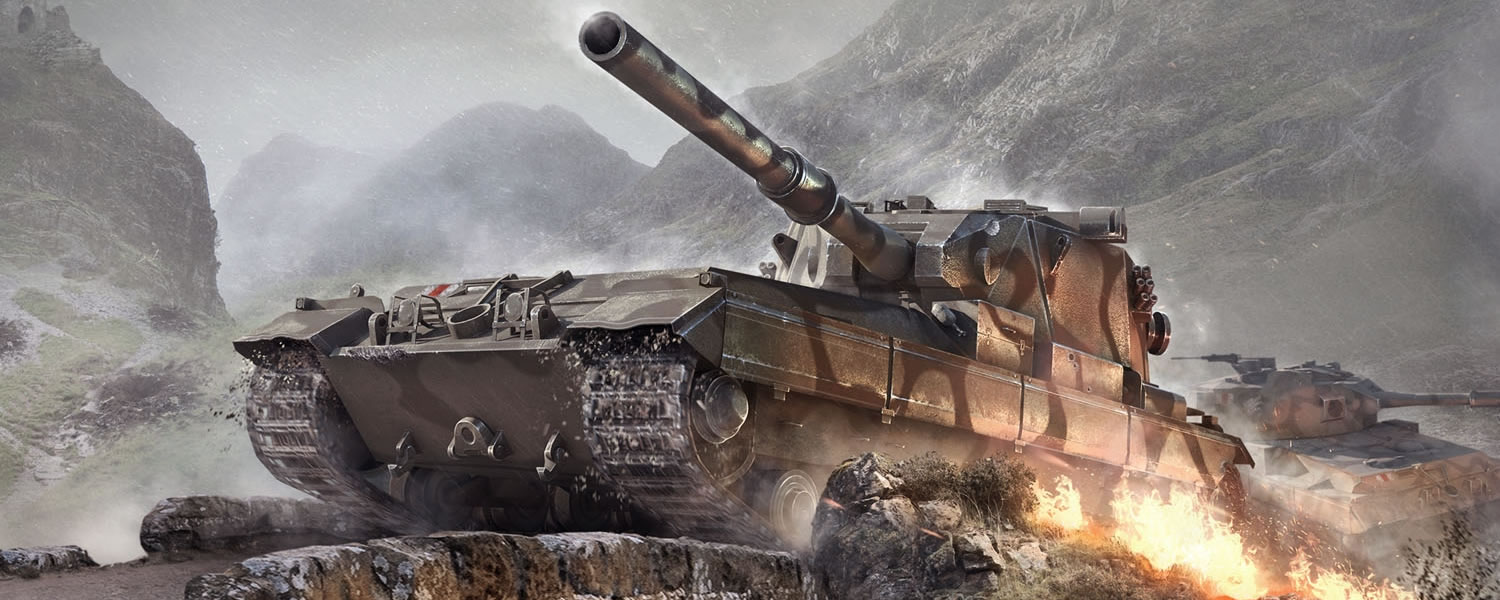Typically we focus our gaming performance articles on AAA titles like Battlefield 4 because these are usually the games pushing the envelope and showing us what the latest graphics processors are capable of. But that's not to say we're not paying attention to the evolving free-to-play market. While Battlefield 4 started at $80 plus $30 for its China Rising DLC, you don't have to spend that kind of money for high-quality content.
World of Warcraft was considered a massive success with its peak of 12 million players (8 million today), yet it's dwarfed by World of Tanks' 1 million concurrent players and 75 million total users – a following that is growing by more than 2 million a month. These kind of numbers aren't entirely unique to World of Tanks, either.
You can find more than half a million people playing Dota 2 on any given day and League of Legends has over 7.5 million players online during peak hours. Granted, registered users aren't the same as paying subscribers, but successful free-to-play developers can still extract money from a small percentage of their most loyal players.

That group grants the rest of us free access to what are often great games if you aren't out for cutting-edge graphics. While you may not need a Radeon R9 290X or a GeForce GTX 780 Ti to get the most out of games like League of Legends or PlanetSide 2, we're curious to see how hard those titles can push today's hardware.
Here's our first installment of brief performance reviews for popular free to play games. Check out the benchmarks and analysis in the next few pages and then head over to the wrap up and vote in our poll to see what four games we'll be testing next.
Testing Methodology
We'll be testing everything from the Core i7-4770K and A10-7850K's integrated graphics to the $500+ R9 290 and GTX 780, including $150 GPUs such as the R7 260X and GTX 750 Ti and $250 cards like the R7 270 and GTX 760. The latest official GPU drivers were used while the Core i7-4770K processor was the primary platform.
All four games ran with the highest possible quality settings at resolutions of 1680x1050, 1920x1200 and 2560x1600.

84 World of Tanks To test World of Tanks we used the battle tutorial and recorded 2 minutes of game play. Although there was a limited number of tanks on screen and the action wasn't as intense as online battles, the frame rates seemed to be very similar yet the tutorial is easier to repeat and offers more consistent results.
88 Dota 2 Valve's MOBA is also hard to test online, so we also used the tutorial mode in this title. Fortunately, those results closely mimic the frame rates we saw during multiplayer matches. In fact, the tutorial has an excellent rolling scene with a lot of action, so this is where we recorded the results for each configuration.
81 League of Legends We ran a custom 4v4 match with bots for each test and recorded 2 minutes of gameplay. LoL certainly isn't demanding and we found this to be the case when playing online with other games as well, but we'll run through all of the configurations for the sake of offering a complete performance picture.
83 PlanetSide 2 There's no easy way to test PlanetSide 2 offline but walking around the home base on the level "INDAR" gave accurate results so we used that. The test lasts 2 minutes and the same/similar route was taken each time. Performance dipped when walking around the landing ships which kick up a lot of dust.
